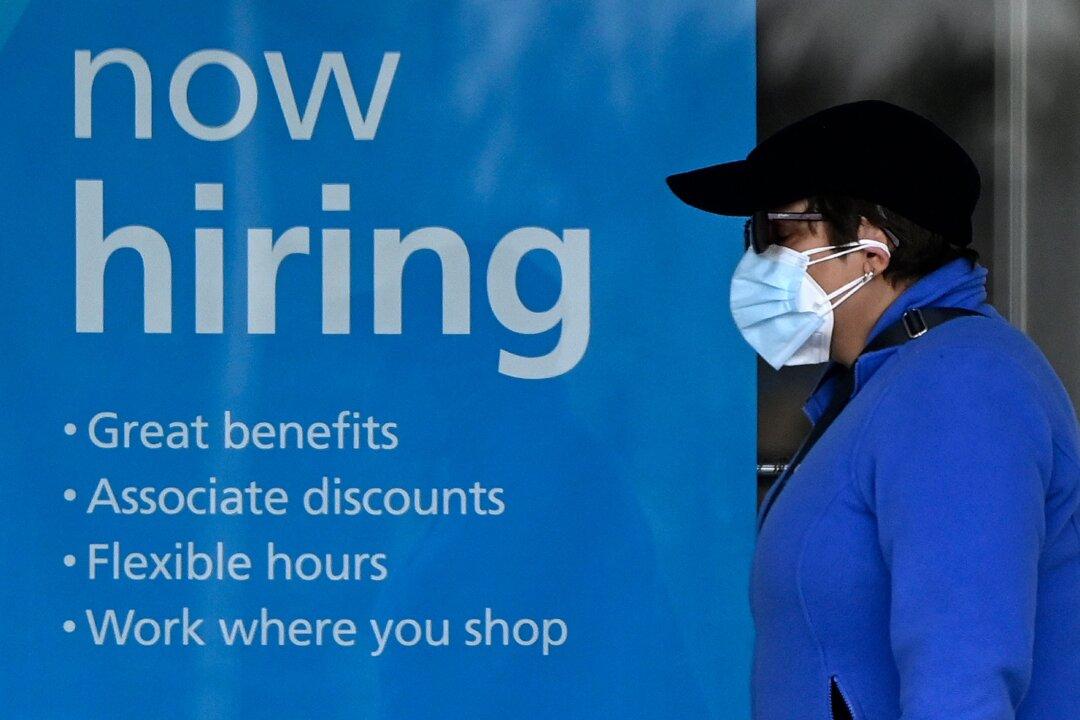The pace of job growth among America’s private employers slowed sharply in April while small business hiring dipped into negative territory, according to payroll processor ADP, with the numbers painting a picture of a labor market recovery losing steam.
Private-sector employment in the United States grew by 247,000 positions in April, according to ADP’s May 4 report, well below market forecasts of 395,000 and a big drop from March’s 479,000 positions.





